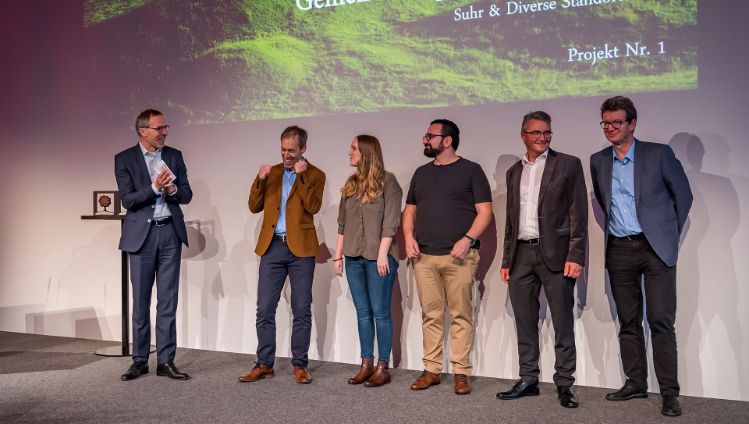
Winning project and employee's choice – Switzerland: Together against food waste
Our Swiss sites generate more than 13,000 tonnes of food waste a year, with products that would be suitable for human consumption making up a substantial proportion. But for the most part, there is a lack of customers. An additional sales channel was created with an online platform for surplus products. The result after the first six months was convincing: around 90 % of the goods on offer were placed internally instead of being disposed of.
Marketing cookies necessary
Please accept the relevant cookie category to view this content
Studies show that 30 % of food waste in industrialised countries occurs during processing. We are confident that this is not the case for our Swiss production facilities. And yet we discovered a considerable quantitative difference between input (i.e. milk) and output (the products we sell): some 13,500 tonnes per year.
Food does not end up in the rubbish
A first look at our waste statistics revealed that we rarely have to look for food waste in the dustbin. Only 2 % of the food waste generated in our Swiss operations is disposed of as waste. Unsaleable products, which are used as animal feed, account for the largest share (60 %).
Effort must be reasonable
Either way, food is too valuable in every respect not to be eaten. A cross-location/divisional project team that was looking for a solution specifically for surplus products agreed with this. Until now, it had been difficult for individual production sites to find a buyer for larger residual quantities of an item within a reasonable period of time and at a reasonable cost. But with a practical, easy-to-use online platform, the project team was able to set up a marketplace for surplus products that was already being used actively after only a short time. Today, these products can be ordered from any location and then either sold at reduced prices in the local factory shops or distributed free of charge to employees.
The networking of many different departments enables fast, uncomplicated transport and better distribution. The idea works, as can be seen from the pleasing results after the first few months: more than 11,000 products – 90 % of the quantity advertised on the marketplace – were placed.
The concept of sustainability as a driver
This anti-food waste project won over both the jury and employees, who were able to vote online. The jury wanted to reward a project that was implemented primarily for sustainability reasons. The economic benefits were not the main focus here. In light of this and in view of the scarce human resources, the solid networking that was achieved across locations and divisions was all the more impressive.

